.008
Response of Y to Y
.004
.000
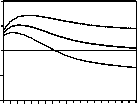
2 4 6 8 10 12 14 16 18 20
.008
Response to Cholesky One S.D. Innovations - 2 S.E.
Response of Y to P
.004
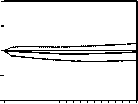
2 4 6 8 10 12 14 16 18 20

.008
.008
.004
.004
-.004
-.004
-.008
-.008
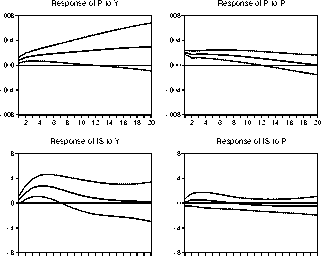
.8
.010
.01
2 4 6 8 10 12 14 16 18 20
2 4 6 8 10 12 14 16 18 20
-.008
Response of P to IS
.000
-.004
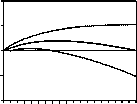
2 4 6 8 10 12 14 16 18 20
-.008
Response of P to M
.000
-.004
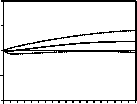
2 4 6 8 10 12 14 16 18 20
Response of M to Y
.005
.000
-.005
-.010
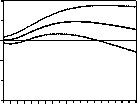
2 4 6 8 10 12 14 16 18 20
-.015
Response of M to P
.005
.000
-.005
-.010
-.01
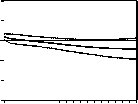
2 4 6 8 10 12 14 16 18 20
Response of IS to IS
.0
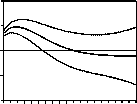
2 4 6 8 10 12 14 16 18 20
.8
Response of IS to M
.4
.0
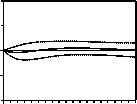
2 4 6 8 10 12 14 16 18 20
-.4
-.4
-.8
-.8
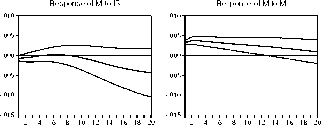
Figure 3: Impulse response analysis; basic model
the influence of money for inflation has a long-term character. In the case of the
interest rate shock, the reaction of the price level yields the ”price puzzle” which
often occurs in the VAR analysis and was also faced by RUffer and Stracca (2006) as
well as Sousa and Zaghini (2006) in the same context. The appearance of the ”price
puzzle” is sometimes thought to be caused by the lack of a variable which captures
inflation expectations (Greiber, 2007). Monetary policy makers are supposed to
raise interest rates when inflation expectations rise. When their policy cannot stop
inflation from rising, the system may identify the rise of interest rates as a trigger of
the increase in the price level. Therefore, it is recommended by Favero (2001) to use
a commodity price index that might capture inflation expectations to some degree
and may solve this problem. We considered this alternative and added a commodity
price index and the oil price as complements of our system, but, still, the ”price
17
More intriguing information
1. On the Integration of Digital Technologies into Mathematics Classrooms2. Applications of Evolutionary Economic Geography
3. Weather Forecasting for Weather Derivatives
4. The name is absent
5. NATIONAL PERSPECTIVE
6. Critical Race Theory and Education: Racism and antiracism in educational theory and praxis David Gillborn*
7. The Impact of Minimum Wages on Wage Inequality and Employment in the Formal and Informal Sector in Costa Rica
8. Momentum in Australian Stock Returns: An Update
9. BARRIERS TO EFFICIENCY AND THE PRIVATIZATION OF TOWNSHIP-VILLAGE ENTERPRISES
10. DEVELOPING COLLABORATION IN RURAL POLICY: LESSONS FROM A STATE RURAL DEVELOPMENT COUNCIL